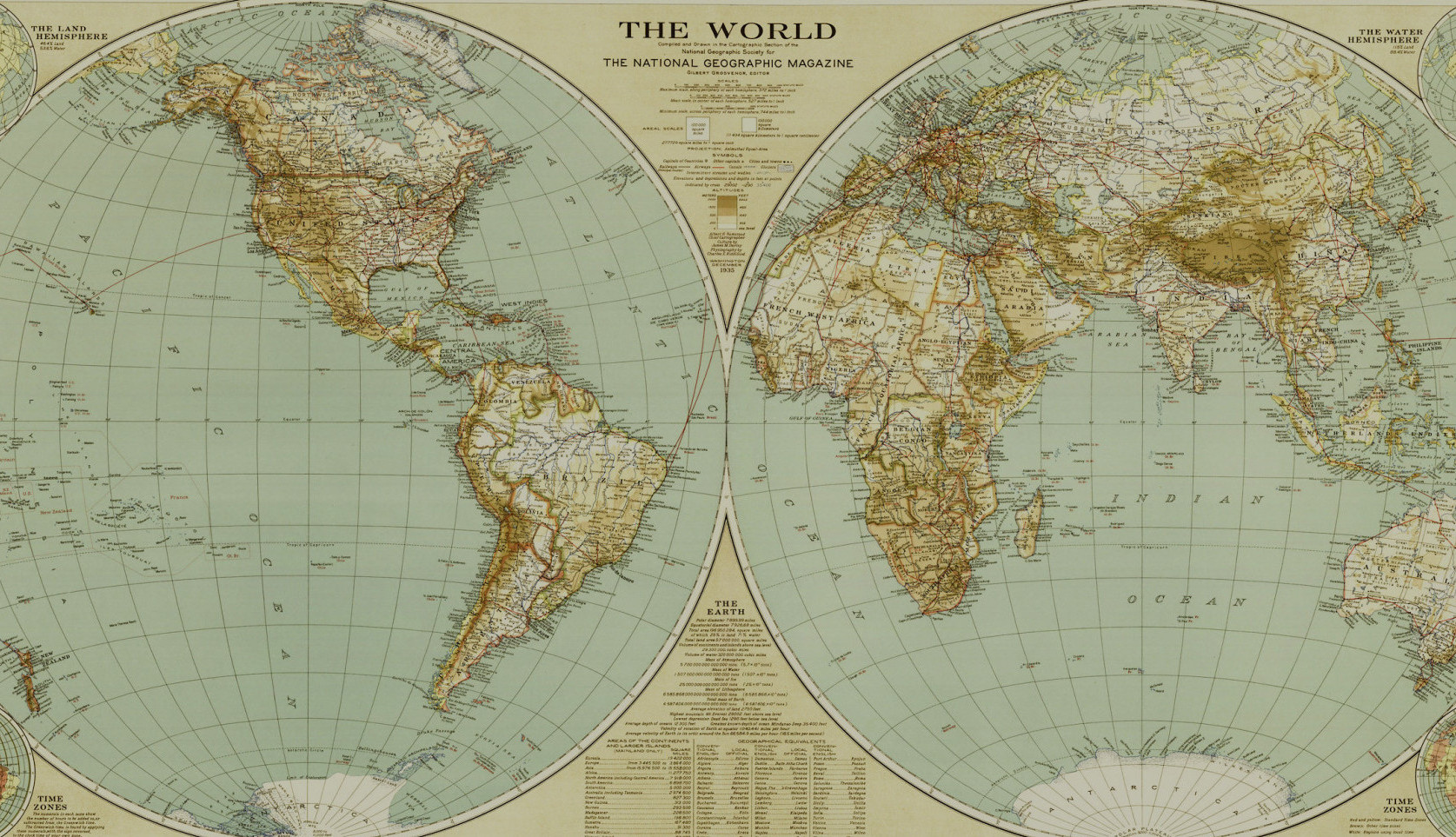
Aloha! I am spending month ten in Honolulu on the gorgeous Hawaiian island of Oʻahu, based at the Bernice Pauahi Bishop Museum which is also the Hawaiʻi State Museum of Natural and Cultural History. I get to spend my time behind the scenes with the Archaeology Collections in the Anthropology Department helping out with some lab-based projects.

Princess Bernice Pauahi Bishop was the last member of the royal Kamehameha Dynasty which ruled the (then) Kingdom of Hawaiʻi from 1810 – 1872. After she died in 1884, her husband, Charles Reed Bishop, founded the museum to honour her memory and to house the royal heirlooms she had inherited. An important component of Bernice Pauahi Bishop’s will was setting up educational facilities for Native Hawaiian children. It’s therefore of no surprise that the Bishop Museum was built on the grounds of the original Kamehameha Schools boys’ campus. An original school building, Bishop Hall, still stands on the museum grounds and will hopefully one day be restored to its former glory. In 1898, Charles Bishop had Hawaiian Hall and the Polynesian Hall constructed, now both on the National Register of Historic Places.

Walking through displays in Hawaiian Hall you are surrounded by objects made, used and worn as part of a traditional Hawaiian way of life. The workmanship of these items is outstanding, especially those made for high standing members of this highly hierarchical society. Particularly exceptional is the ‘ahu ‘ula and mahiole of Kalaniʻōpuʻu, the feathered cloak and feathered helmet gifted to the English sea captain James Cook by the reigning chief of Hawaiʻi Island Kalaniʻōpuʻu in 1779. Only this year the cloak and helmet made their way from the National Museum of New Zealand (Te Papa Tongarewa) back to Hawaiʻi where they now reside. The international collaborations that are so important to the museum today are continuing an ancient tradition – vast ocean voyages are at the heart of Hawaiian culture.

Hawaiian archaeology as a discipline is closely tied to the Bishop Museum as archaeological investigations on the islands really began with the museum’s establishment in 1889. The first archaeologists to study the islands relied heavily on terrestrial surveys, traditional architecture, oral history and mythologies to form their hypotheses about the first settlers of Hawaiʻi and their way of life. Based on linguistics and oral traditions it was clear even at this early stage of Hawaiian archaeology that people had navigated the Pacific Ocean from Central East Polynesia to settle the Hawaiian Islands and develop the complex and thriving cultures that Europeans first encountered in the late 1700s. These great voyages relied on the skills of master navigators who used the stars, clouds and currents to direct their course across the vast ocean.

In the 1950’s radiocarbon dating (C14) began to be used to refine our understanding of Hawaiʻi’s past – but these first Hawaiian C14 dates were calibrated without a relative dating sequence to consider them against. It was a young Japanese anthropologist, Dr. Yosihikio Sinoto, who developed the groundbreaking classification of Hawaiian fishhooks that allowed for structured relative dating of Hawaiian sites to take place. In archaeology pottery is generally used to develop relative dating sequences, but since pottery was not used by the ancient Hawaiians Dr. Sinoto developed his ingenious fishhook sequence to stand in the place of pottery. This is only one example of how Hawaiian archaeology is unique! In 1954 Dr. Sinoto was on his way by ship to study at Berkeley in California when he was invited to stop in Hawaiʻi and was ‘kidnapped’ by Dr. Kenneth Emory, then director of the Bishop Museum Anthropology Department. That began a 60 year career and research partnership that asked and answered many questions about Hawaiʻi and its ancient inhabitants.

Today the Anthropology Department at the Bishop Museum is focused on using their existing collections in new research projects. The team is passionate about using non-destructive techniques to continue to learn more about the cultural and natural history of Hawaiʻi and the Pacific Islands. I got to see the team in action, zapping stone adzes with their portable XRF machine. This device determines the elemental composition of a stone, which can tell archaeologists where it is from in the world – it also looks like it was taken off the set of Star Trek! The Anthropology Department is particularly involved in the Hoʻomaka Hou Research Initiative and the Hawaiian Archaeological Survey project (find out more on their website). One outcome of the Hoʻomaka Hou Research Initiative is the publicly accessible Online Fishhook Database, featuring over 4000 fishhooks from three sites excavated on Hawaiʻi Island in the 1950s by a joint Bishop Museum and University of Hawaiʻi team.

I’ve been fortunate to see the Hawaiian fishhooks for myself and they are truly exceptional. They are catalogued, organised and stored in the rows of cabinets, drawers and shelves in the Archaeology Collections of the Bishop Museum. It’s neat to open the drawers and see the rows of bags and boxes of archaeological treasures. There is so much material housed here that the Anthropology Department should be kept busy with collections-based research for a long time to come!

